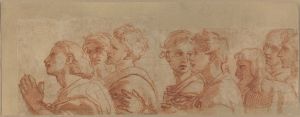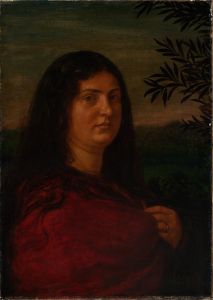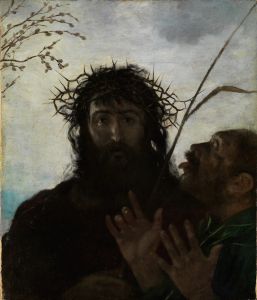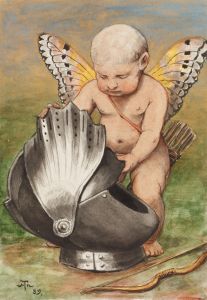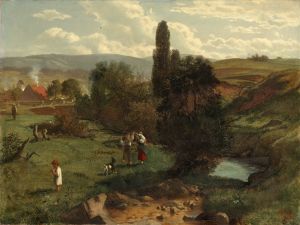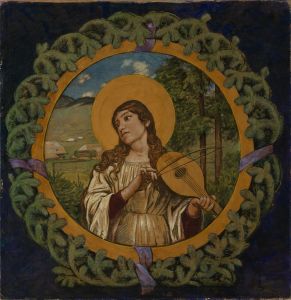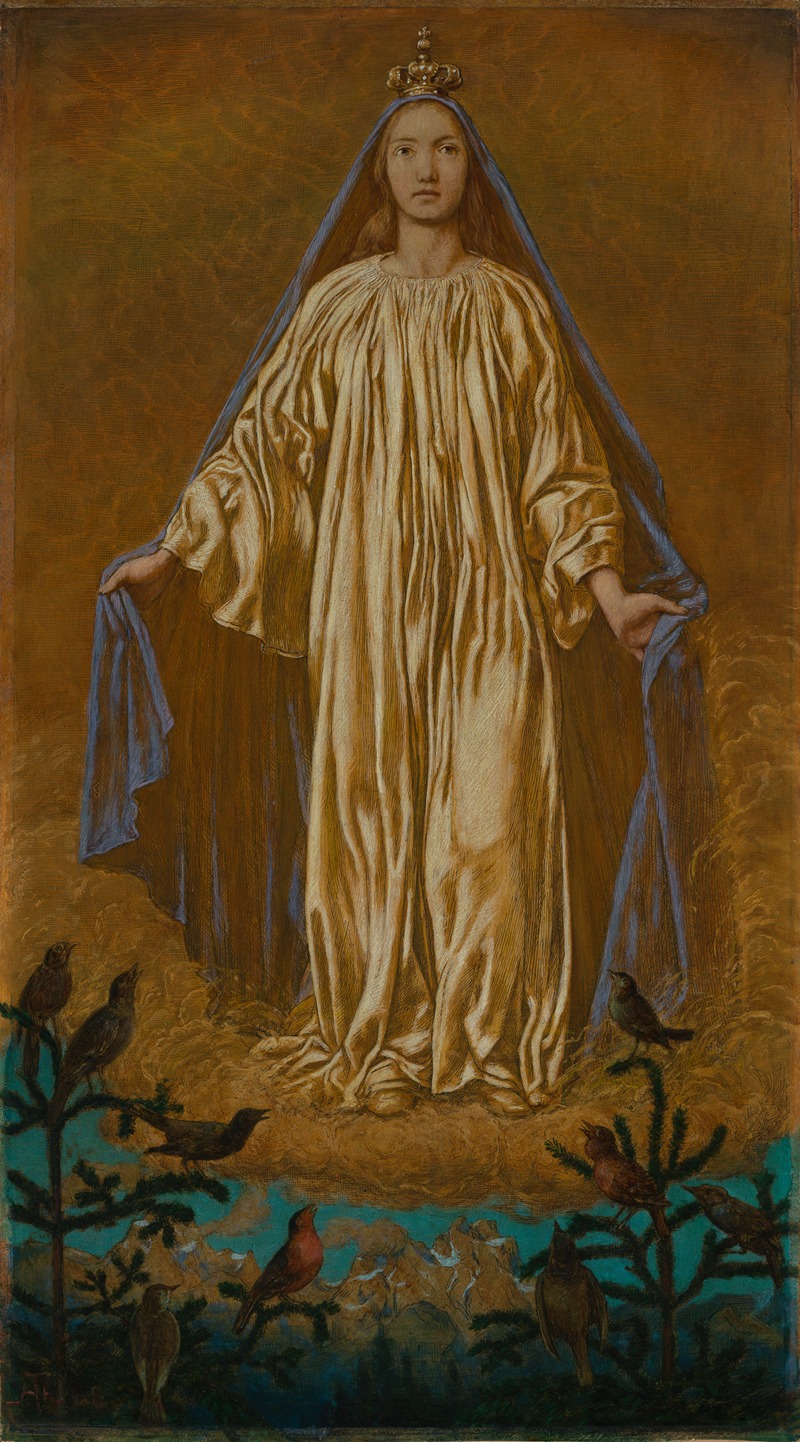
Maria als Himmelskönigin
A hand-painted replica of Hans Thoma’s masterpiece Maria als Himmelskönigin, meticulously crafted by professional artists to capture the true essence of the original. Each piece is created with museum-quality canvas and rare mineral pigments, carefully painted by experienced artists with delicate brushstrokes and rich, layered colors to perfectly recreate the texture of the original artwork. Unlike machine-printed reproductions, this hand-painted version brings the painting to life, infused with the artist’s emotions and skill in every stroke. Whether for personal collection or home decoration, it instantly elevates the artistic atmosphere of any space.
Hans Thoma's painting Maria als Himmelskönigin (Mary as the Queen of Heaven) is a notable work by the German artist, who was active during the 19th and early 20th centuries. Thoma, born in 1839 in Bernau in the Black Forest region, is recognized for his contributions to the German Romantic and Symbolist movements, often blending religious themes with naturalistic and folkloric elements.
Maria als Himmelskönigin depicts the Virgin Mary in her role as the Queen of Heaven, a title rooted in Christian tradition and theology. In this painting, Mary is often portrayed in a serene and majestic manner, reflecting her elevated status in Christian iconography. She is typically shown wearing a crown, symbolizing her queenship, and is surrounded by celestial or divine elements, such as angels or a radiant background. These elements emphasize her spiritual significance and her role as an intercessor between humanity and the divine.
Hans Thoma's artistic style is characterized by a harmonious blend of realism and idealism. His works often feature detailed depictions of nature, which may also be present in Maria als Himmelskönigin. Thoma's upbringing in the Black Forest region had a profound influence on his art, and he frequently incorporated landscapes and natural motifs into his paintings. This connection to nature is a hallmark of his work and reflects the broader Romantic movement's fascination with the natural world.
The painting is an example of Thoma's ability to merge traditional religious themes with his own unique artistic vision. While adhering to the conventions of Christian art, Thoma's interpretation of Mary often conveys a sense of humanity and accessibility, making his religious works resonate with a broader audience. His use of light, color, and composition enhances the spiritual and emotional impact of the painting.
Hans Thoma's works, including Maria als Himmelskönigin, are housed in various museums and collections, particularly in Germany. The Hans Thoma Museum in Bernau, dedicated to the artist's life and work, holds a significant number of his pieces and serves as a testament to his enduring legacy in German art.
Due to limited specific documentation on Maria als Himmelskönigin, further details about the painting's creation, dimensions, and current location are not readily available. However, the work remains an important example of Thoma's contribution to religious art and his ability to reinterpret traditional themes through his distinctive artistic lens.





